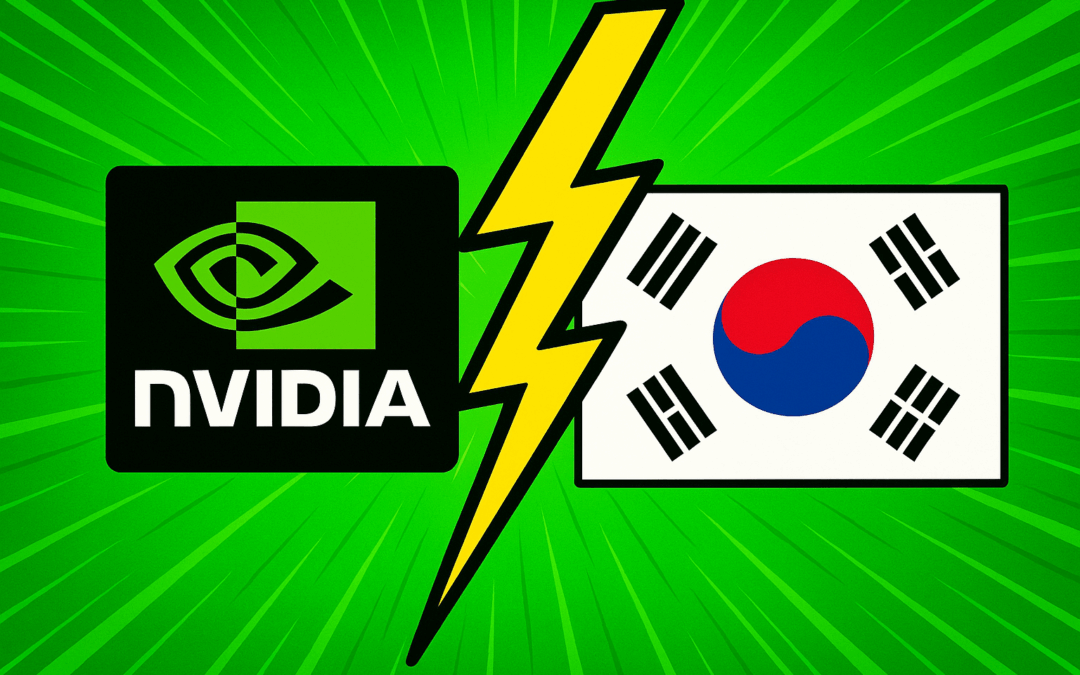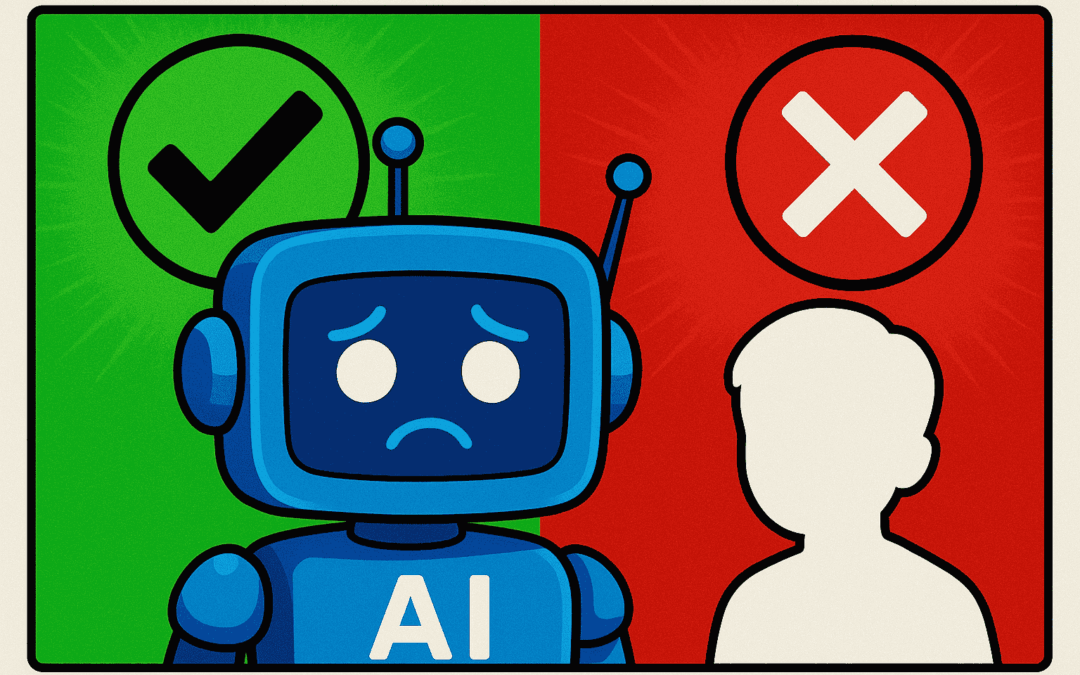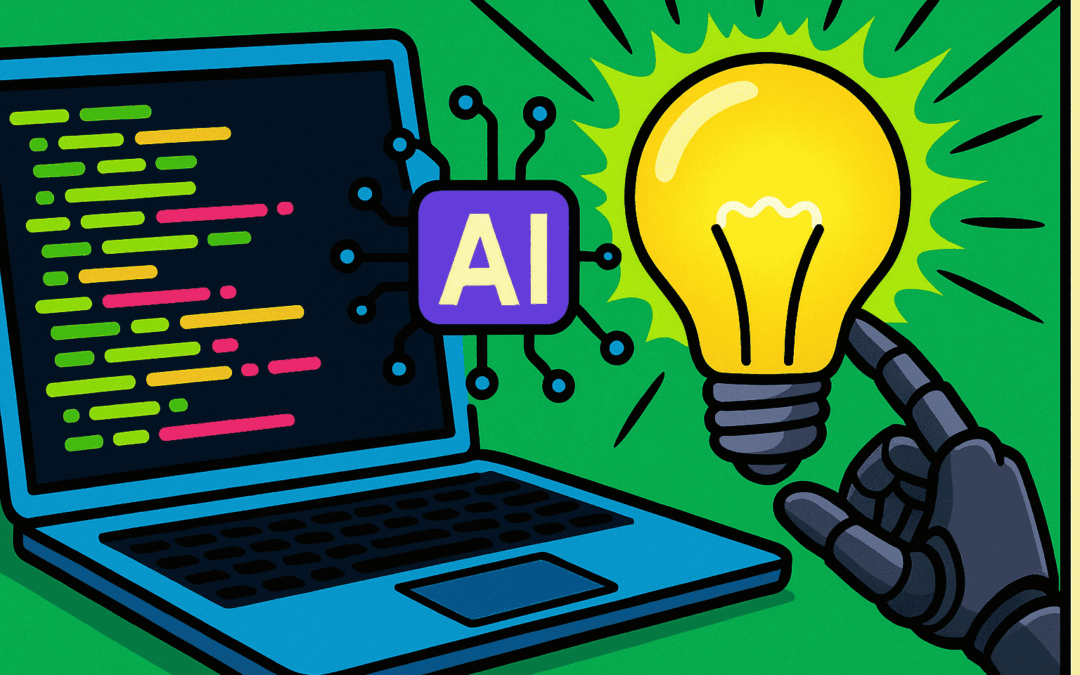Nvidia has made history by becoming the world’s first public company to reach a $5 trillion market cap, signaling a pivotal moment for both AI hardware innovation and the generative AI ecosystem.
This achievement showcases Nvidia’s dominance in powering LLMs, generative AI platforms, and real-time AI workloads—all crucial for the next era of intelligent software and systems.
Key Takeaways
- Nvidia is now the world’s first public company valued at $5 trillion.
- This milestone reflects its key position in powering AI infrastructure for models like large language models and generative AI tools.
- The rapid growth has major implications for AI startups, developers, and infrastructure providers worldwide.
- Investors and competitors alike are pivoting strategies to address Nvidia’s ecosystem dominance.
Nvidia’s $5 Trillion Milestone: The New Center of the AI Universe
Volatile demand for AI chips has elevated Nvidia to a status few foresaw a decade ago. Major tech firms, hyperscale cloud operators, and emerging startups all rely on Nvidia’s GPUs and software stacks to build state-of-the-art AI solutions.
The company’s continued innovation drives faster training and more scalable deployment of LLMs, computer vision, and generative AI applications.
Nvidia’s $5 trillion valuation cements its role as the backbone of global AI infrastructure—an outcome reshaping both software development and enterprise strategies.
What This Means for Developers, Startups, and the AI Industry
Developers building AI-powered applications—from conversational agents to autonomous systems—now have more tools, optimized hardware, and frameworks to leverage.
Nvidia’s CUDA, TensorRT, and NeMo frameworks continue to fuel efficiency and speed for real-time and low-latency AI workloads.
For startups and founders, the momentum around Nvidia architecture means faster time-to-market for generative AI and LLM-driven products.
The deep ecosystem—encompassing open-source libraries, APIs, and third-party instruments—accelerates development and innovation, while the global supply chain increasingly aligns around Nvidia’s technology roadmap.
Startups that adopt Nvidia’s stack early can achieve both technical and business advantages in scaling their AI offerings.
Competitive Landscape and Investor Moves
Leading cloud providers are ramping investments in datacenters optimized for Nvidia hardware, while rivals like AMD and Intel scramble to match product velocity and software maturity. Investors are also rebalancing portfolios, fueling M&A activity in AI hardware and edge computing startups that complement Nvidia-based solutions.
The $5 trillion milestone does not just signal Nvidia’s financial power—it represents a seismic shift in how enterprise AI, large language models, and generative AI tools come to life across industries.
Looking Ahead: Impact Across the AI Value Chain
As generative AI and LLMs unlock new business models, expect Nvidia’s lead to push advances in multimodal AI, robotics, and edge intelligence.
Developers, researchers, and entrepreneurs should closely monitor Nvidia’s platform releases and open hardware initiatives; aligning early with this ecosystem will be key to staying competitive.
While competitors and open hardware alliances attempt to diversify the field, Nvidia’s leadership in performance, scalability, and AI-specific optimizations remains unmatched in 2025.
Nvidia’s historic valuation highlights the generative AI boom and will define where the next wave of AI innovation happens.
Source: TechCrunch











